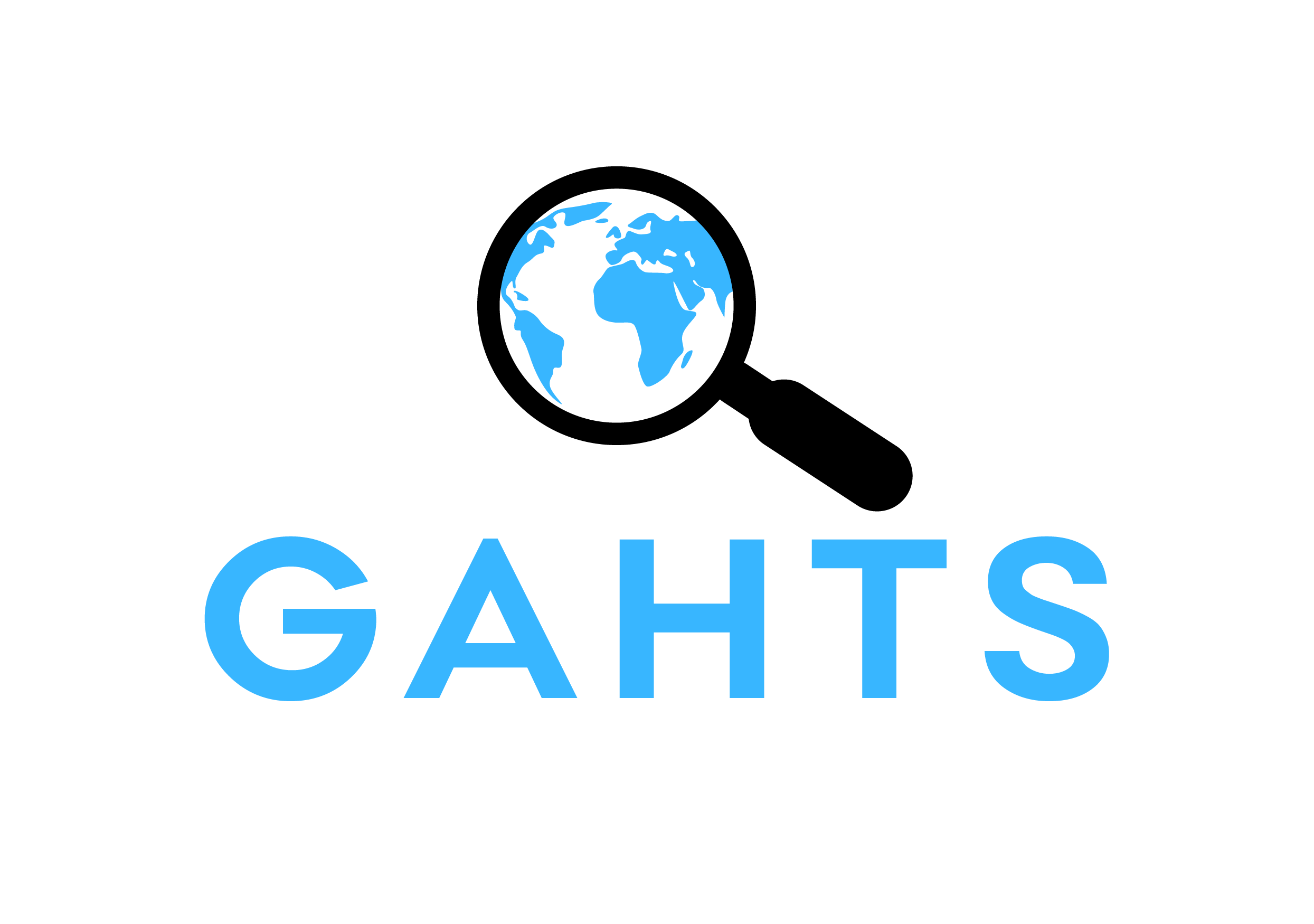Human Trafficking: What the New IOM Dataset Reveals
Author: DiRienzo, Cassandra
Abstract: In 2017, the International Organization for Migration (IOM) released its global, de-identified database of human trafficking victims, the largest database of its kind, containing over 50,000 individual cases from 2002 to 2018. This study analyzes this new database with two objectives. First, it provides an overview and descriptive statistics of the entire database, including a year by year analysis. Acknowledging that at most 17 annual data points exist for any one variable, empirical analyzes are not used; rather the focus is on general patterns in the data. These general patterns are described and hypothesized explanations for these patterns are offered. Second, given that Polaris is the sole data source for human trafficking in the United States, a year by year breakdown of the United States' data is also included. This analysis is used to assess the types of trafficking and the socio-demographics of victims who are more likely to be identified and reported as human trafficking victims within the United States. This study compares, both globally and within the United States, the frequency of the socio-demographics of the victims and types of exploitation that are identified against estimated actual prevalence rates and relates these findings to media messaging and foci of anti-trafficking campaigns.
Keywords: IOM database, human trafficking statistics, United States, anti-trafficking campaigns
